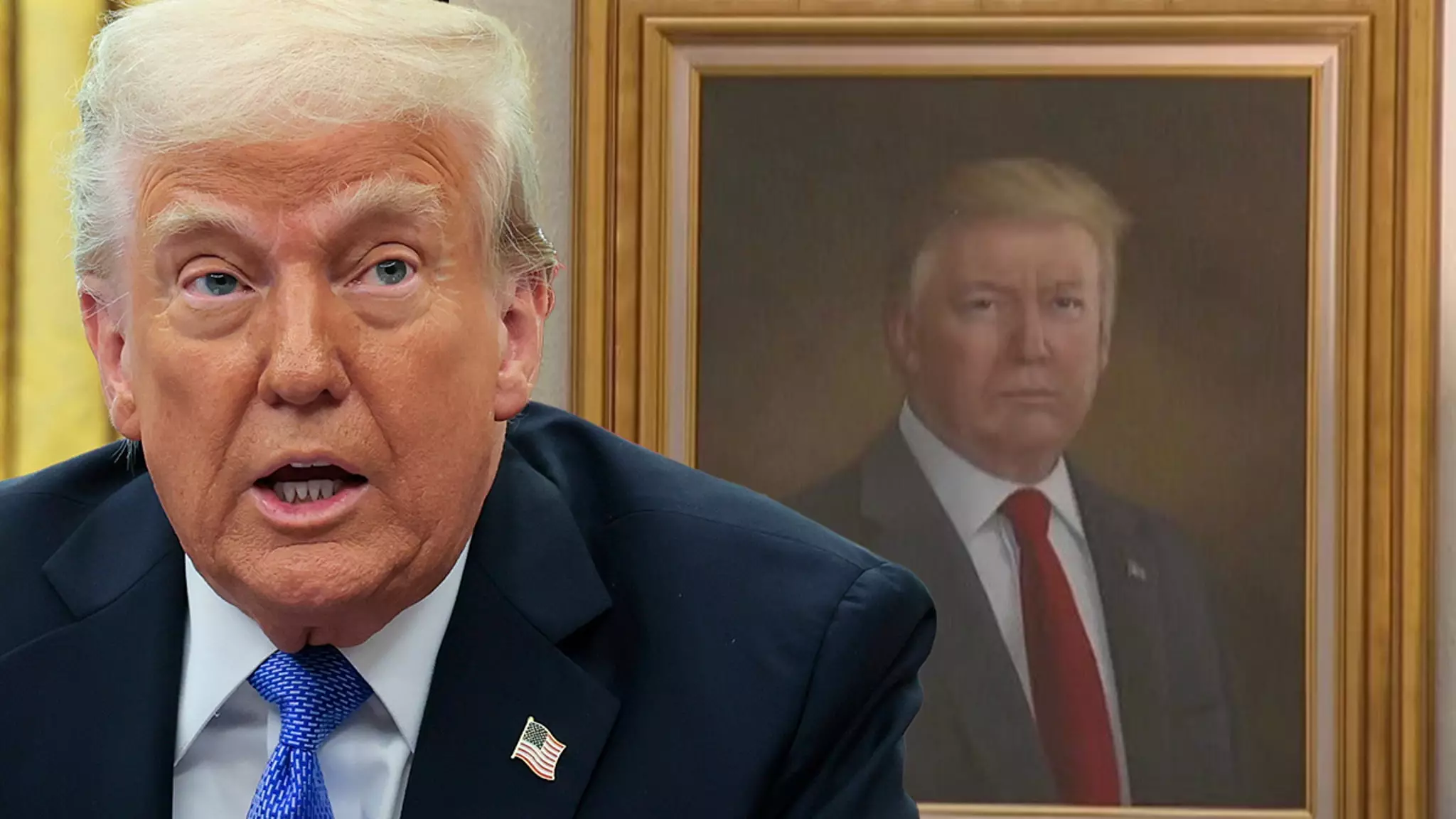The latest debate involving former President Donald Trump revolves around a seemingly innocuous piece of art—his official portrait in the Colorado State Capitol. This incident highlights not just Trump’s ego but also raises questions about artistic representation and governmental accountability. Trump’s vehement disapproval of his depiction has led to a social media outburst, asserting that the artwork is “purposefully distorted.” This scenario not only encapsulates his characteristic bravado but also illustrates the intersection of politics and art—a realm often fraught with tension and subjectivity.
The Governor’s Response: A Diplomatic Stance
Colorado Governor Jared Polis was swift to respond through his spokesperson, expressing surprise over Trump’s emotional reaction. Additionally, the Governor’s office emphasized the Capitol’s historical significance, noting its completion in 1901 and its rich architectural features, including the Rose Onyx and White Yule Marble that grace its interiors. Polis’s office seems committed to promoting a positive visitor experience, showcasing the state’s artistic heritage. Yet, in doing so, they may be caught between catering to political whims and preserving an institution that represents all citizens, not just the political elite.
Artistic Fidelity vs. Political Sensitivity
Trump’s critique is not merely a reflection of his dissatisfaction with the specific portrait but a sentiment that reverberates throughout the political landscape. Public figures often have their images and likenesses interpreted by artists through varied lenses, reflecting personal biases or societal narratives. Trump’s claims about the artist’s declining talent as she aged strike a chord with the broader discourse regarding how aging affects creativity and expression. Through these remarks, he not only attacks the work but also verbally undermines the artist—a move indicative of his tendency to personalize political struggles.
Public Sentiment: Is Anyone Really Angry?
Furthermore, Trump insists that “Coloradans are also ‘angry'” about the portrait, suggesting a public outcry that may not necessarily exist. This claim raises eyebrows regarding his connection to average citizens’ sentiments. The reality is that art is inherently subjective, and whether a portrait stirs anger or laughter often depends more on the observer’s perspective than on the artist’s intent. From a broader viewpoint, the controversy begs the question of how much influence a former president should exert over artistic enterprises within public spaces.
The Role of Portraits in Democracy
Portraits in government buildings serve not only as markers of history but also as reflections of the current political climate. They symbolize respect and remembrance for leaders and their legacies. Trump’s demand that his portrait be removed underscores a critical point about presidential personas: one’s legacy is often dictated by public perception rather than self-promotion. This incident pushes us to reckon with the delicate balance between personal reputation and historical representation—how a leader wishes to be remembered versus how they actually are remembered.
In the end, the episode raises pressing questions about artistic freedom, the responsibility of public officials to embrace challenge and critique, and the ways in which art can provoke political conversation. The dialogue surrounding Trump’s portrait is far less about the artwork itself and more about the symbolism that it represents in a constantly evolving narrative of American politics.

